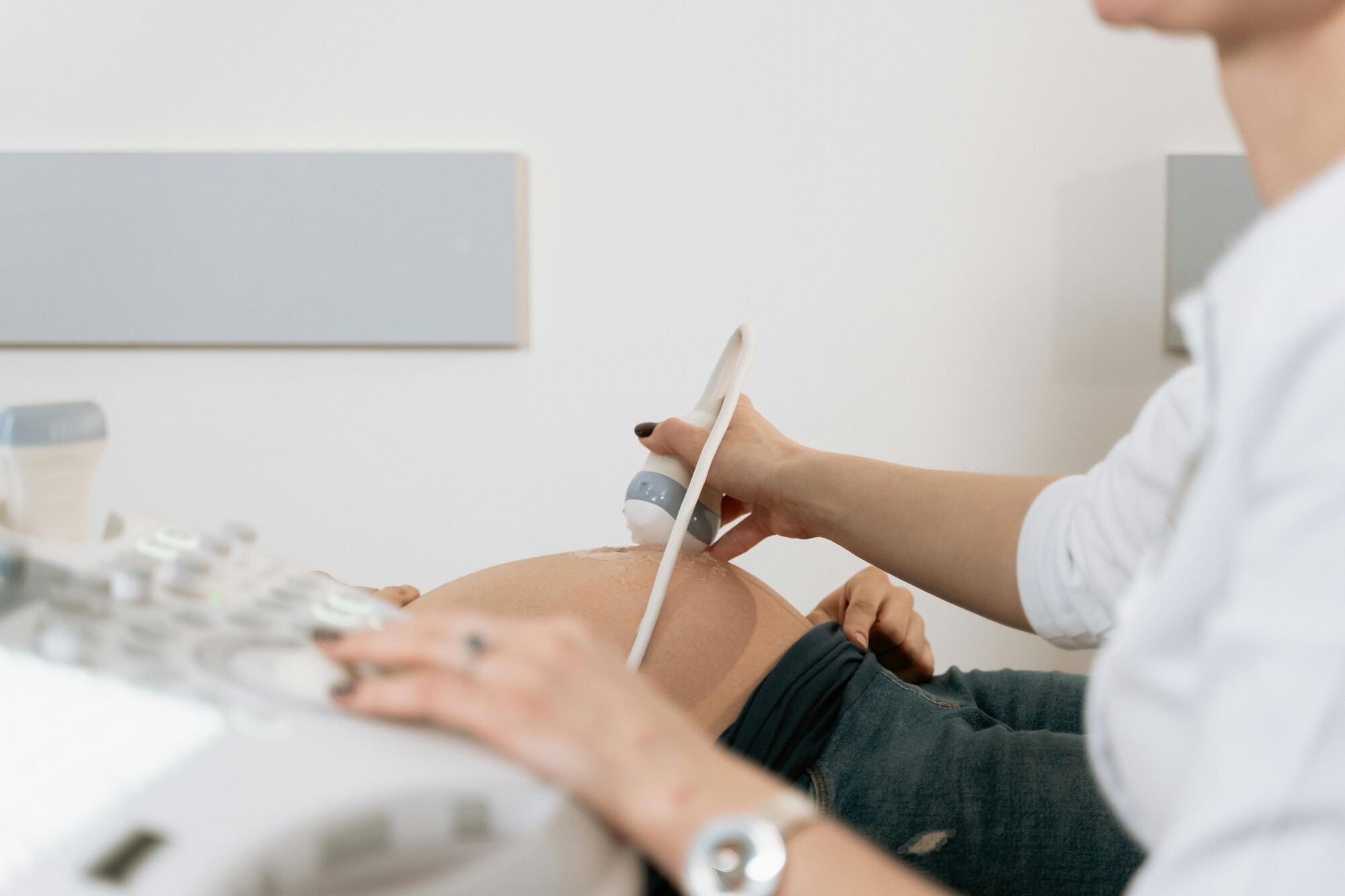Current contraceptive trends in Germany
Contraceptive statistics show significant changes in user behavior. While hormonal methods like the pill were the leading method for a long time, a noticeable decline has now been observed – especially among young women. New data and studies provide insights into this change and allow conclusions to be drawn about changing attitudes toward contraception.
Statistics show decline in pill prescriptions
A recent analysis by the Techniker Krankenkasse (TK) health insurance company shows that fewer and fewer women in Germany are using the pill. While five years ago, 44% of 14- to 19-year-old girls and women had the pill prescribed by their doctor, this figure fell to just 33% in 2020.

The decline is most evident among 18- and 19-year-olds: In 2015, 67% of 18-year-old and 72% of 19-year-old TK-insured women had at least one prescription for the pill. In 2020, this percentage fell to 50% and 53%, respectively.
The exact cause is still unclear, but previous studies provide some clues.
Possible Causes for the Decline in Hormonal Contraception
Participants in previous surveys had increasingly cited a tendency toward critical attitudes toward hormonal contraception as a reason for their reduced pill use. This view was more prevalent the younger the respondents were.
A majority of the women surveyed believed that hormonal contraception was associated with "negative effects on the body and mind." The majority were particularly skeptical about long-term use of the pill—especially for girls and younger women. Potential side effects can therefore be assumed to be a compelling argument.
Statistics on other contraceptives
In contrast to the current TK survey, previous data from 2019 also include trends across all age groups and the use of other contraceptive methods. According to these data, the pill and condoms were by far the most commonly used contraceptives in Germany in 2019. Specifically, 47% of sexually active adults cited the pill as their method of contraception. 46% cited condoms.
Contraceptives were used more frequently overall among younger people:

In many cases, the pill and condom were used in combination. Respondents emphasized protection—both against unwanted pregnancies and sexually transmitted diseases.
Other contraceptives, in contrast, played a rather minor role in terms of frequency. In the 2019 survey, the IUD followed with 10%, male sterilization with 3%, calendar method with 3%, female sterilization with 2%, temperature method with 2%, vaginal ring or Nuvaring with 2%, three-month injection with 1%, and other contraceptive methods with 3%.
Data4Life's digital solutions make health data researchable and promote evidence-based medicine.
The contents of this article reflect the current scientific status at the time of publication and were written to the best of our knowledge. Nevertheless, the article does not replace medical advice and diagnosis. If you have any questions, consult your general practitioner.
Originally published on







